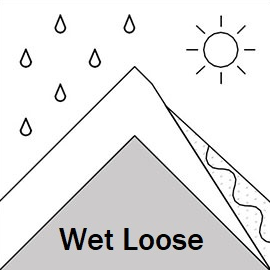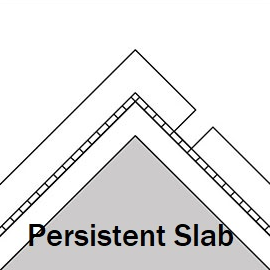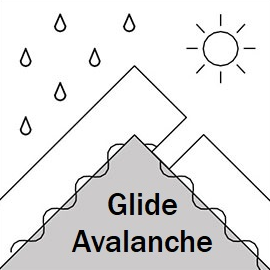Gudauri
Natural avalanches are unlikely, human-triggered avalanches are possible. Small avalanches in specific areas, or large avalanches in isolated areas.
A change in the weather over the next two days, with wet snow and rain at lower elevations - expect small loose snow avalanches lower down. Glide slabs are still dangerous and weaker snow can be found in high elevation areas that escaped the worst of the recent heat.
Forecast issued at: 4 April 2024 22:00
Forecast valid until: 6 April 2024 22:00
Forecaster: Manu Greer
High Alpine
> 2600m
2 Moderate
Heightened avalanche conditions on specific terrain features. Evaluate snow and terrain carefully; identify features of concern.
Alpine
2000m - 2600m
2 Moderate
Heightened avalanche conditions on specific terrain features. Evaluate snow and terrain carefully; identify features of concern.
Sub Alpine
< 2000m
2 Moderate
Heightened avalanche conditions on specific terrain features. Evaluate snow and terrain carefully; identify features of concern.
Avalanche Problems
Loose Wet

Wet snow and rain will make small wet slides likely below about 2400 m, starting on Friday afternoon with risk increasing through Saturday.
| Sensitivity | The specific avalanche problem type is reactive to human rider triggers. Easy to trigger with ski cut. |
| Distribution | Many locations. Evidence for instabilities is frequently found, in many locations. |
| Time of Day | All day |
| Trend | Deteriorating |
| Confidence | Moderate |
Persistent Slab

On high alpine areas buried instabilities can still be found. They are more likely to be found on northern slopes and areas with a low snow depth.
| Sensitivity | The specific avalanche problem type is difficult to trigger with a human rider. |
| Distribution | Specific areas, with common characteristics. Evidence for instabilities exists, but it is not obvious and finding it requires careful observations. |
| Time of Day | All day |
| Trend | Improving |
| Confidence | Moderate |
Glide

Such avalanches are now present even as high as 2900 m and are becoming more and more widespread, These are unlikely to be triggered by a rider and often happen naturally so should be taken into consideration while traversing areas below the spots where such avalanches might occur - steeper slopes with grassy or smooth rock underlying surface and slopes where the glide cracks are visible.
| Sensitivity | The specific avalanche problem type is difficult to trigger with a human rider. |
| Distribution | Many locations. Evidence for instabilities is frequently found, in many locations. |
| Time of Day | Afternoon |
| Trend | No change |
| Confidence | Moderate |
Recent Avalanches and Snowpack
Recent avalanche activity:
03 April - multiple size 1-2 glide and wet avalanches Kobi valley SE and E aspects 2700 - 2900 m.
02 April - size 2 slab avalanche observed Dedaena bowl N 2600 m (a few days old - possibly snowmobile triggered)
31 March - glide slab avalanches on E slopes in Kobi valley at around 2900 m.
28 March - two size 2 slab avalanches on Bidara E face at 2900 m (at least one possibly triggered from a distance of 50-100 m by a snowmobile)
27 March - multiple size 2 windslabs seen on Lomisa - Miketi ridge E and NE, 2000 - 2900 m, some involved deeper layers.
26 March - multiple large slabs on Sadzele W and NW aspects 2900 - 3200 m, triggered by expolsives - including three size 3 slides.
Snowpack:
The snowpack has received a large amount of heat recently. Night feezes have formed crusts, and the snow is mostly moist and consolidated in many places except in high alpine areas. Weaknesses associated with crusts and facet layers found previously have become less reactive in tests, but should not be ruled out - slab avalanches have been associated with these layers in recent days. At lower elevations the snowpack will be isothermal (close to zero degrees throughout) and unstable when the surface crust breaks down
Weather
Light precipitation starting Friday afternoon and into Saturday - 20 - 30 cm snow possible above about 2200 m by the end of Saturday - rain at lower elevations. Winds light to moderate from the SW turning NW on Saturday for a time. Freezing level 2700 m Friday, 2400 m Saturday.
Disclaimer
Our avalanche forecasters are internationally qualified and experienced professionals, and data is provided by skilled observers. We encourage you to make your own observations and decisions, without relying solely on our forecast, since any forecast is a generalised 'best guess', and in certain cases it might be inaccurate. We can not be held liable for any actions you take in the backcountry that may result in injury, loss or death.